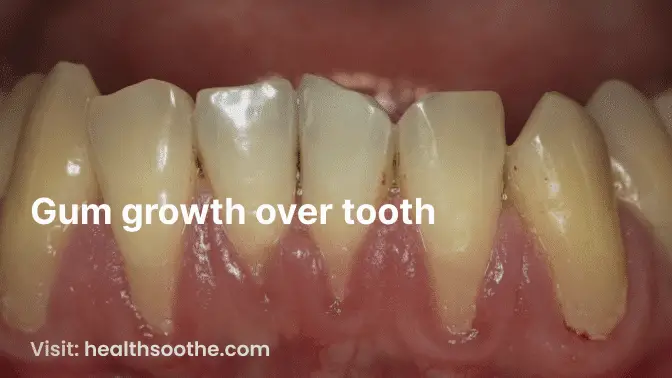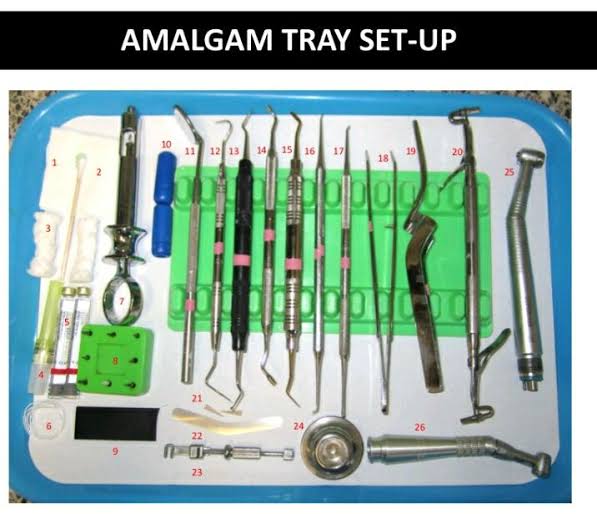Your oral health is essential for maintaining overall health and well-being. Gum growth over tooth is a common issue that affects many people and can lead to serious oral health problems if left untreated. In this blog post, we will discuss the causes, symptoms, treatment options, and prevention of gum growth over tooth.
Gum growth over tooth, also known as gingival overgrowth, is a condition in which the gum tissue grows over the tooth, covering part or all of the crown. This condition can occur due to a variety of factors, including genetics, poor oral hygiene, tobacco use, hormonal changes, and certain medications.
Causes of Gum Growth Over Tooth
- Genetics: Some individuals are more susceptible to gum growth over tooth due to their genetic makeup.
- Poor oral hygiene: Poor oral hygiene practices, such as not brushing and flossing regularly, can lead to the buildup of plaque and bacteria, causing inflammation and swelling in the gums.
- Tobacco use: Smoking or using other tobacco products can lead to gum growth over tooth by increasing inflammation in the gum tissue.
- Hormonal changes: Hormonal changes, such as those that occur during pregnancy or menopause, can make the gums more sensitive and prone to overgrowth.
- Certain medications: Certain medications, such as phenytoin and cyclosporine, can cause gum growth over tooth as a side effect.
- Dental restorations: Dental restorations, such as crowns and bridges, can sometimes cause gum growth over tooth by creating an uneven surface in the mouth. This can lead to irritation and swelling in the gums.
- Systemic diseases: Certain systemic diseases, such as diabetes, can affect the gums and lead to gum growth over tooth.
- Poor nutrition: A diet that is low in essential vitamins and minerals can affect the health of the gums and lead to gum growth over tooth.
It’s important to remember that there can be multiple factors contributing to gum growth over tooth, and it’s important to address all of the underlying causes to achieve the best possible outcome. A dentist can help identify the underlying causes of gum growth over tooth and develop an appropriate treatment plan.
Read Also: Improve Oral Health With Wisdom Tooth Removal
Symptoms of Gum Growth Over Tooth
- Swelling or tenderness in the gums
- Red or bleeding gums
- Pain or sensitivity when biting or chewing
- Loose or shifting teeth
- Receding gums
If you experience any of these symptoms, it’s important to see a dentist as soon as possible.
Diagnosis of Gum Growth Over Tooth
A dentist can diagnose gum growth over a tooth through a clinical examination and by taking X-rays or other imaging tests.
Treatment Options for Gum Growth Over Tooth
- Non-surgical treatments: a. Scaling and root planing: This procedure involves removing plaque and tartar buildup from the teeth and gums. b. Antibiotic therapy: Antibiotics may be prescribed to help reduce inflammation and promote healing in the gums. c. Improved oral hygiene practices: Good oral hygiene practices, such as brushing and flossing regularly and using an antiseptic mouthwash, can help prevent gum growth over tooth from recurring.
- Surgical treatments: a. Flap surgery: This procedure involves lifting the gum tissue to access and clean the roots of the teeth. b. Bone and tissue grafts: In some cases, the dentist may need to perform a bone or tissue graft to restore the gum tissue and support the teeth.
- Crown lengthening: Crown lengthening is a surgical procedure in which the dentist removes some of the gum tissue to expose more of the tooth. This is often done to correct a “gummy smile” or to prepare a tooth for a crown.
- Soft tissue laser therapy: Soft tissue laser therapy uses a laser to remove or reshape the gum tissue. This is a minimally invasive procedure that can be used to treat gum growth over tooth and improve the appearance of the gums.
- Gingivoplasty: Gingivoplasty is a surgical procedure in which the dentist removes or reshapes the gum tissue to improve the appearance of the gums. This procedure can be used to treat gum growth over the tooth and improve the overall appearance of the smile.
Prevention and Management of Gum Growth Over Tooth
- Good oral hygiene practices: Brushing and flossing regularly and using an antiseptic mouthwash can help prevent gum growth over tooth by removing plaque and bacteria from the mouth.
- Quitting smoking or using tobacco products: Smoking or using tobacco products can increase inflammation in the gum tissue and lead to gum growth over tooth. Quitting these habits can help prevent this condition from occurring or recurring.
- Visiting the dentist regularly for check-ups and cleanings: Regular dental check-ups and cleanings can help detect gum growth over tooth in its early stages and prevent it from becoming more severe.
Conclusion
Gum growth over tooth is a common oral health issue that can lead to serious problems if left untreated. Early diagnosis and treatment are essential for preventing the progression of this condition and maintaining good oral health. By practising good oral hygiene, quitting smoking or using tobacco products, and visiting the dentist regularly for check-ups and cleanings, you can help prevent gum growth over tooth and maintain healthy gums and teeth.
The impact of gum growth over tooth on oral health and overall health cannot be overstated. Gum disease has been linked to a number of serious health conditions, including heart disease, stroke, and respiratory disease. By addressing gum growth over tooth, you can help improve your oral health and lower your risk for these and other health problems.
It’s crucial to take gum growth over tooth seriously and take the necessary steps to prevent and treat this condition. With the right care and attention, you can maintain healthy gums and teeth and enjoy good oral health for years to come.








